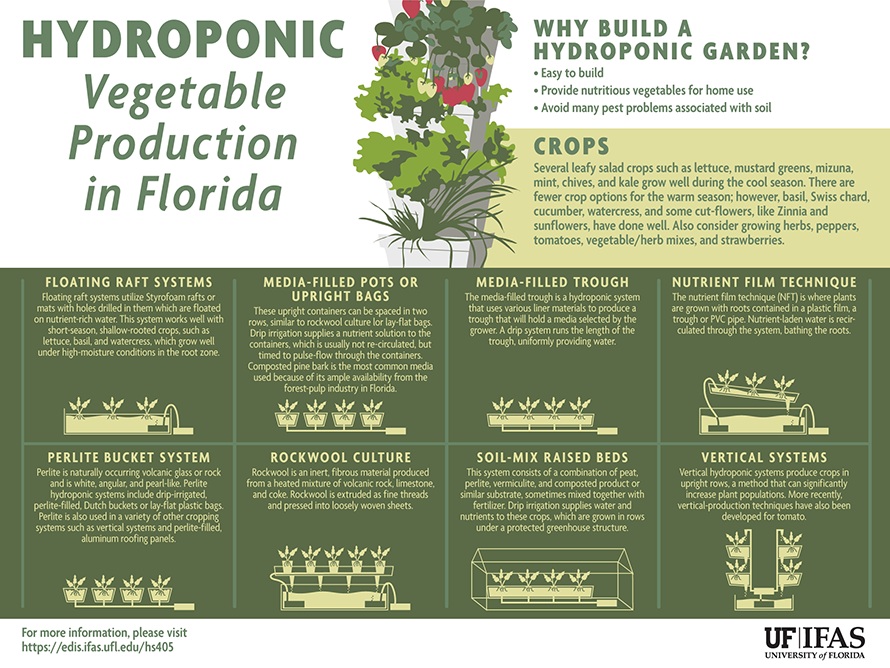The Effects Of Removing Trees On The Environment: What You Required To Recognize
The Effects Of Removing Trees On The Environment: What You Required To Recognize
Blog Article
Web Content Develop By-Marks Boyette
When it comes to the environmental effect of tree removal, there are critical facets that demand your focus. From the elaborate internet of partnerships within ecological communities to the succeeding effects on environment patterns, the consequences are profound. You might be stunned to discover the detailed ways in which the removal of trees can reverberate throughout the environment. Stay tuned to unwind the complex links and implications of this apparently simple act.
Logging and Habitat Loss
Logging and habitat loss are crucial issues coming from tree removal. When trees are reduced, it disrupts whole communities. Not only are the trees themselves shed, but the homes and food resources of countless plant and pet types are damaged also. Birds shed their nesting sites, mammals shed their sanctuary, and bugs shed their environments. The results ripple via the food web, impacting predators and victim alike.
Additionally, logging contributes to environment change. Trees play an important duty in absorbing carbon dioxide, a greenhouse gas that traps warm in the ambience. With less trees, there's less carbon dioxide absorption, leading to increased levels of this gas in the environment and aggravating worldwide warming.
Habitat loss is a straight result of logging, as the devastation of woodlands means the loss of distinct and diverse ecological communities. Numerous species are unable to adjust to quick changes in their setting, leading to populace declines and, in some cases, extinction.
Protecting forests is essential to maintaining the delicate equilibrium of nature and guaranteeing the survival of plenty of plant and animal species.
Influence on Biodiversity
The removal of trees has a substantial influence on biodiversity, impacting the range and abundance of plant and pet species in a location. Trees offer habitat and food sources for many microorganisms, from bugs to birds to creatures. When trees are gotten rid of, these types shed their homes and resources of nourishment, causing a decrease in their populaces. This disturbance can have cascading results on the whole ecological community.
Additionally, trees play an essential role in preserving biodiversity by creating microhabitats within their canopies, trunks, and roots that sustain a wide variety of species. When trees are reduced, these specialized environments are destroyed, minimizing the general variety of the area.
Furthermore, the elimination of trees can cause a reduction in genetic diversity within plant populaces, as particular tree types may no longer be able to replicate or distribute properly. Protecting trees and woodlands is crucial for maintaining biodiversity and ensuring the health of ecological communities for future generations.
Dirt Erosion and Climate Adjustment
With trees being eliminated from an area, the interruption of soil structure and security occurs, causing increased soil erosion. https://pdx.eater.com/2020/3/16/21178939/portland-restaurants-takeout-delivery-coronavirus-dining-room-closures play an important role in avoiding erosion by holding soil in position with their origin systems. When trees are removed, especially in great deals, the soil becomes much more at risk to erosion from wind and water. This erosion not just impacts the instant surroundings yet can also bring about sedimentation in close-by water bodies, influencing water quality and aquatic communities.
Moreover, trees aid regulate the environment by taking in co2 during photosynthesis. When trees are lowered, this natural carbon sink is diminished, adding to boosted levels of greenhouse gases in the environment. Oak Tree Trimming can worsen environment change, leading to even more severe weather condition events and interruptions in ecological communities worldwide.
Therefore, the elimination of trees not only increases dirt erosion yet likewise contributes in the bigger environmental concern of environment adjustment. It's essential to think about these factors when assessing the influences of tree removal on the setting.
https://andersondnyju.bloggerbags.com/38312587/tree-preservation-indications-that-show-the-requirement-for-removal
Since you understand the ecological effect of tree removal, take into consideration the effects prior to lowering trees. Deforestation interrupts ecological communities, reduces biodiversity, and contributes to dirt disintegration and environment modification. By being mindful of the impact of tree removal, you can help protect our environment and preserve the fragile equilibrium of nature. Make notified selections and take into consideration alternative options to reduce the unfavorable effects on our planet.
